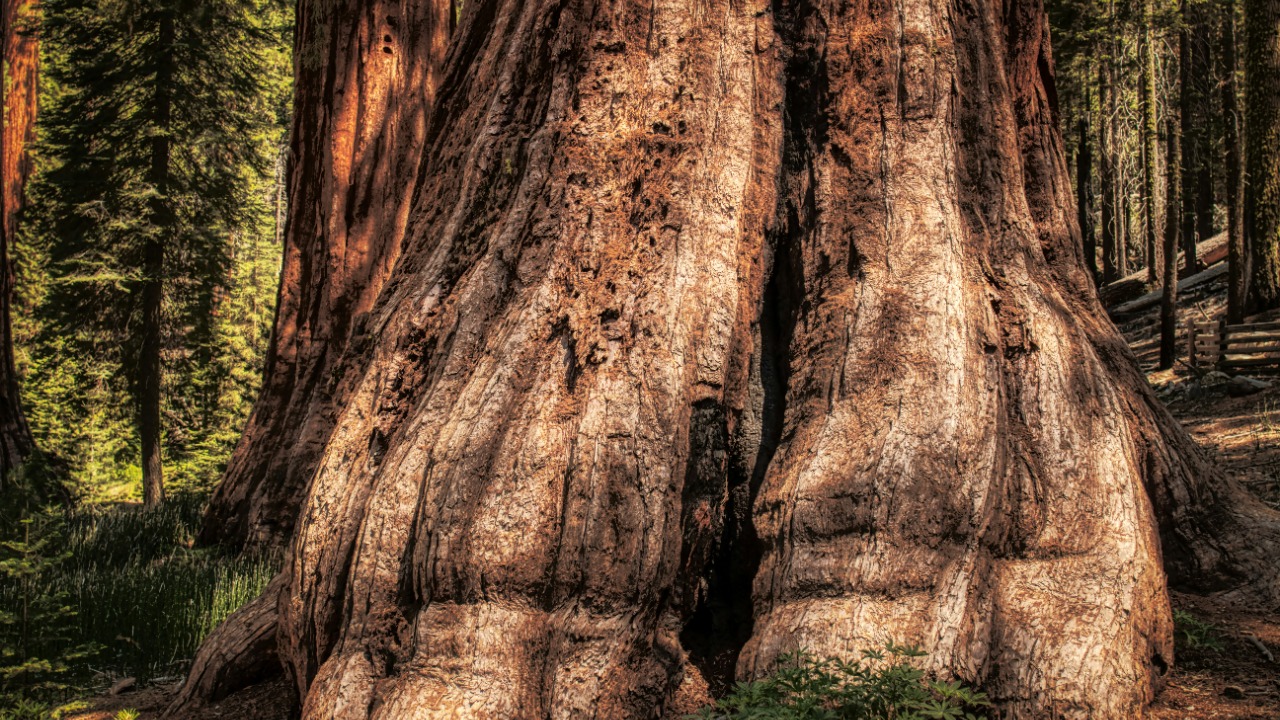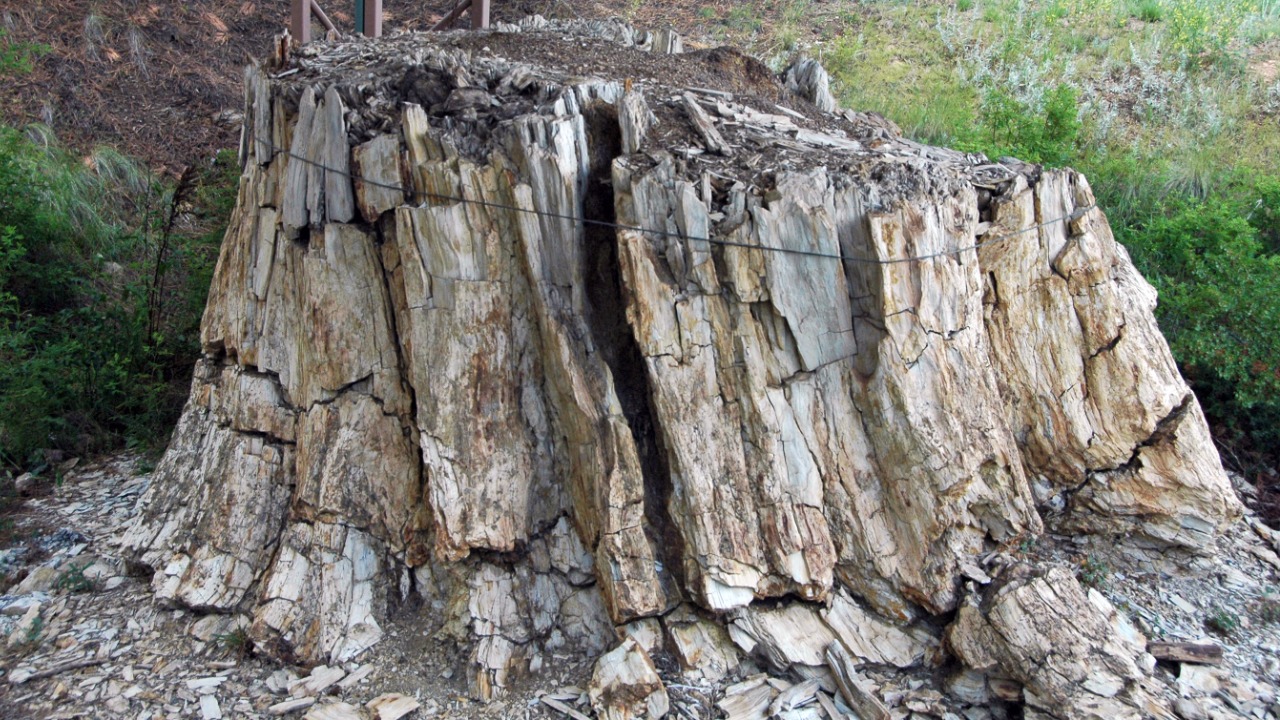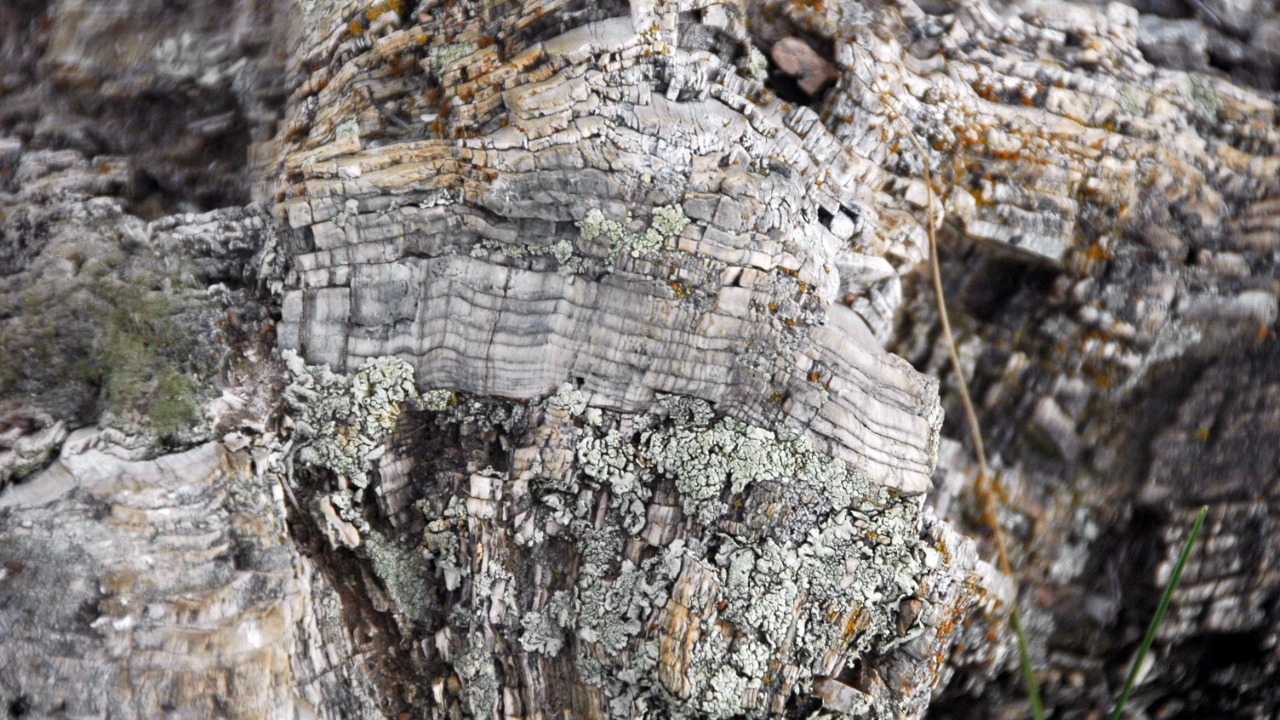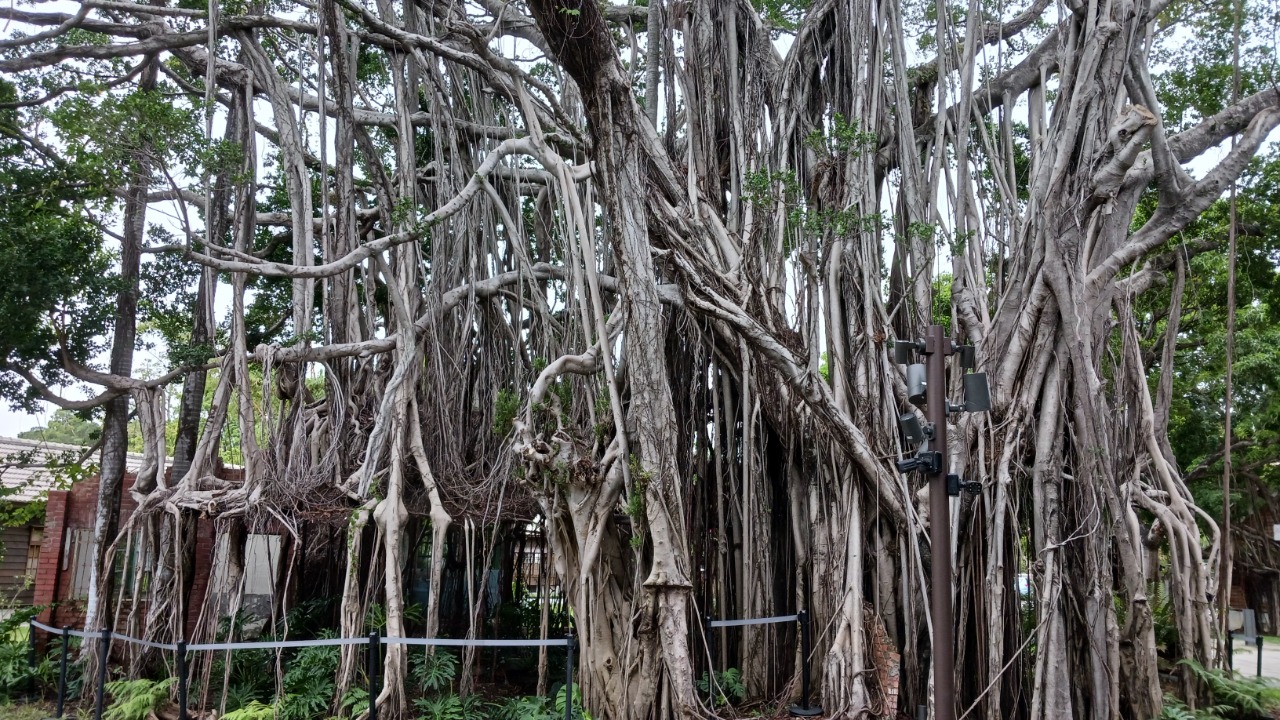
Recent scientific discoveries suggest that Earth was once home to enormous trees, dwarfing today’s tallest redwoods. These ancient giants have left behind intriguing clues in the form of fossils and geological formations, prompting researchers to re-evaluate Earth’s prehistoric landscape.
The Discovery of Giant Tree Fossils

Unearthing the Evidence
In recent years, paleobotanists have uncovered fascinating fossil evidence that supports the existence of giant trees in Earth’s distant past. These discoveries have been made in various locations around the globe, including the lush landscapes of present-day Scotland and the arid terrains of the American Southwest. The fossils, some of which measure several meters in diameter, suggest that these ancient trees far exceeded the size of modern giants like the California redwoods.
One significant find involves the discovery of mysterious spire-like structures in ancient sedimentary rocks. These structures, as reported by Smithsonian Magazine, have prompted some scientists to speculate about the presence of an entirely new type of life form. This evidence has added a layer of complexity to our understanding of Earth’s prehistoric flora.
Dating the Fossils
To determine when these giant trees might have existed, researchers have employed a variety of dating techniques, including radiometric dating and stratigraphic analysis. These methods have allowed scientists to estimate that these colossal trees thrived during the late Paleozoic and early Mesozoic eras, a time when Earth’s climate and atmospheric conditions were vastly different from today.
By analyzing the carbon isotopes present in the fossilized wood, researchers can further refine their estimates of the age of these trees. This dating process, coupled with a detailed examination of the surrounding geological strata, provides a clearer picture of the environmental conditions that supported the growth of these ancient giants.
Comparing Fossilized Specimens
When comparing the fossilized remains of these ancient trees to modern specimens, scientists have noted both striking similarities and stark differences. While some features, such as tree rings and bark patterns, resemble those of contemporary species, other characteristics, like the immense size and unique structural formations, set them apart.
These differences suggest that these ancient giants belonged to a distinct lineage of trees, with adaptations that allowed them to thrive in prehistoric environments. By studying these fossils, researchers gain valuable insights into the evolutionary history of trees and the various forms they have taken throughout Earth’s history.
The Geological Implications

Impact on Earth’s Ecosystems
The presence of giant trees would have had a profound impact on Earth’s prehistoric ecosystems. These massive plants likely played a crucial role in the carbon cycle, absorbing significant amounts of carbon dioxide from the atmosphere and contributing to the global climate regulation of their time. Additionally, their towering canopies would have created unique habitats for a variety of plant and animal species, fostering biodiversity and ecological complexity.
Their demise, whether due to climate shifts or other factors, would have had cascading effects on the ecosystems they supported. Understanding the role these trees played in prehistoric ecosystems can provide valuable insights into the resilience and adaptability of life on Earth.
Formation of Geological Structures
Some researchers have proposed a provocative theory suggesting that certain geological formations, such as mesas and buttes, could be remnants of these ancient giant trees. This idea challenges traditional geological interpretations and invites further investigation into the origins of these structures. Interestingly, a theory circulating online suggests that some mountains might also be remnants of these colossal trees, sparking both intrigue and skepticism within the scientific community.
If proven true, this hypothesis could revolutionize our understanding of Earth’s geological history and the processes that have shaped the planet’s surface over the years.
Climate and Environmental Factors
The era of the giant trees coincided with a time when Earth’s climate was markedly warmer and more humid than today. These conditions, along with abundant atmospheric carbon dioxide, would have provided the ideal environment for the growth of such massive plants. Understanding the climate dynamics of this period can shed light on how these giant trees thrived and how they might have influenced global climate patterns through their sheer size and carbon absorption capabilities.
As scientists unravel the climate conditions that supported these ancient giants, they can glean insights into the potential impacts of today’s climate changes and the resilience of modern ecosystems in the face of environmental shifts.
Theories and Interpretations

Alternative Theories
The discovery of giant tree fossils has spurred various scientific and speculative theories about their existence and disappearance. Some researchers suggest that these colossal trees may have played a pivotal role in shaping Earth’s evolutionary history, potentially influencing the development of other plant and animal species.
Other theories propose that changes in climate, atmospheric composition, or geological events may have contributed to their decline. These speculations, while intriguing, highlight the need for further research to unravel the mysteries surrounding these ancient giants.
Controversies and Debates
The interpretation of fossil evidence and geological structures often sparks debate within the scientific community. Some researchers remain skeptical of the giant tree hypothesis, questioning the validity of the evidence and the plausibility of the proposed theories. These debates, while sometimes contentious, drive scientific inquiry and encourage a rigorous examination of the available data.
As new findings emerge and methodologies advance, the scientific community continues to reassess its understanding of Earth’s prehistoric past, fostering an environment of curiosity and exploration.
Cultural and Mythological References
The concept of giant trees is not only rooted in scientific inquiry but also finds resonance in various cultural myths and legends. From Norse mythology’s Yggdrasil to the towering trees of Native American folklore, the idea of colossal trees has long captured the human imagination.
These narratives, while not scientifically substantiated, provide fascinating parallels to modern scientific discoveries. They underscore the enduring human fascination with the natural world and its ancient mysteries, offering a cultural lens through which to view the scientific exploration of Earth’s history.
Technological Advances in Paleobotany

Innovative Research Techniques
The study of ancient giant trees has been greatly facilitated by advances in paleobotanical research techniques. Cutting-edge technologies, such as 3D imaging and isotopic analysis, have enabled scientists to examine fossilized specimens with unprecedented precision. These tools allow researchers to reconstruct the anatomy and growth patterns of ancient trees, providing insights into their biology and ecological roles.
Advanced imaging techniques have also helped researchers visualize the internal structures of these fossils, revealing details that were previously hidden beneath layers of rock and sediment. These technological innovations continue to push the boundaries of what is possible in the field of paleobotany.
Challenges in Fossil Preservation
Despite technological advancements, researchers face significant challenges in preserving and interpreting these delicate fossils. Environmental factors, such as erosion and weathering, can damage or obscure critical features of the specimens. Additionally, the logistical difficulties of accessing remote or inhospitable fossil sites can complicate research efforts.
To overcome these obstacles, scientists must employ meticulous excavation and preservation techniques, often working in interdisciplinary teams to ensure the accurate interpretation of fossil evidence. These efforts underscore the importance of collaboration in advancing our understanding of Earth’s prehistoric past.
Collaborative Research Efforts
The study of giant trees has benefited greatly from collaborative research efforts that span multiple disciplines and countries. By bringing together experts in paleobotany, geology, climatology, and other fields, researchers can develop a more comprehensive understanding of these ancient giants and their place in Earth’s history.
International collaborations have facilitated the sharing of data and resources, enabling scientists to tackle complex questions about the evolution and ecology of Earth’s prehistoric flora. These collaborative efforts are essential for advancing the study of ancient ecosystems and uncovering the secrets of our planet’s dynamic history.
Implications for Modern Ecology and Conservation

Lessons from the Past
The discovery of giant tree fossils offers valuable lessons for addressing current ecological challenges. By studying how these ancient giants adapted to their environments and influenced global ecosystems, scientists can gain insights into the resilience and adaptability of modern species.
These lessons emphasize the importance of preserving biodiversity and maintaining healthy ecosystems, which are crucial for supporting life on Earth and mitigating the impacts of climate change. By learning from the past, we can better prepare for the environmental challenges of the future.
Inspiration for Conservation Efforts
The revelations about Earth’s prehistoric flora can serve as inspiration for contemporary conservation efforts. Understanding the ecological roles of giant trees and their interactions with other species highlights the need to protect existing forests and promote sustainable land-use practices.
These findings could inspire new conservation strategies that prioritize the preservation of biodiversity hotspots and the restoration of degraded ecosystems, ensuring that future generations can continue to benefit from the planet’s natural resources and ecological services.
Future Research Directions
As the study of ancient giant trees continues to evolve, researchers are exploring new directions for future research. This includes investigating other potential ancient ecosystems that may have existed alongside the giant trees and their relevance to understanding Earth’s dynamic history.
By pursuing these research avenues, scientists can further unravel the mysteries of Earth’s prehistoric past and gain a deeper appreciation for the complex interplay between climate, geology, and biology that has shaped our planet over millions of years.